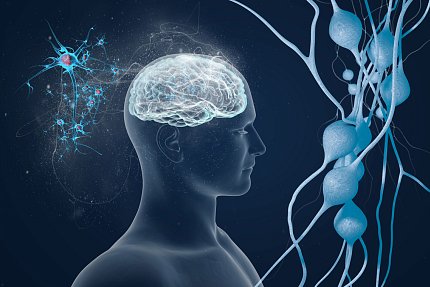Some Cerebral Palsy Cases May Be Tied to Brain-Wiring Genes

In an article published in Nature Genetics, reseacrhers confirm that about 14 percent of all cases of cerebral palsy, a disabling brain disorder for which there are no cures, may be linked to a patient’s genes and suggest that many of those genes control how brain circuits become wired during early development. This conclusion is based on the largest genetic study of cerebral palsy ever conducted. The results led to recommended changes in the treatment of at least three patients, highlighting the importance of understanding the role genes play in the disorder. The work was largely funded by NINDS.
“Our results provide the strongest evidence to date that a significant portion of cerebral palsy cases can be linked to rare genetic mutations, and in doing so identified several key genetic pathways involved,” said Dr. Michael Kruer, a neurogeneticist at Phoenix Children’s Hospital and the University of Arizona College of Medicine, Phoenix, and a senior author of the article. “We hope this will give patients living with cerebral palsy and their loved ones a better understanding of the disorder and doctors a clearer roadmap for diagnosing and treating them.”
Cerebral palsy affects about one in 323 children in the United States. Signs of the disorder appear early in childhood, resulting in a wide range of permanently disabling problems with movement and posture including spasticity, muscle weakness and abnormal gait. Nearly 40 percent of patients need some assistance with walking. In addition, many patients may also suffer epileptic seizures, blindness, hearing and speech problems, scoliosis and intellectual disabilities.
Since cerebral palsy’s first official description in 1862, scientists have hotly debated whether it is caused by problems at birth. For instance, it is known that babies born prematurely or who experience a lack of blood flow or oxygen during birth have a greater chance of suffering from the disorder. Later though, researchers concluded that a majority (85-90 percent) of all cases are congenital, or born with the disease, and some studies had suggested that cerebral palsy could be inherited. Despite this, the causes of many children’s cases had remained elusive.
Then in 2004, scientists discovered the first genetic mutation known to cause cerebral palsy. Since then several more mutations have been identified and, depending on how an experiment was performed, scientists have estimated that anywhere from 2 to 30 percent of all cases may be linked to a misspelling in a patient’s DNA.
In this study, the researchers provided support for a previous estimate and highlighted which genes may play a critical role in the disorder.
“Treatments for cerebral palsy patients have not changed for decades,” said Kruer. “In the future, we plan to explore how these results can be used to change that.”
